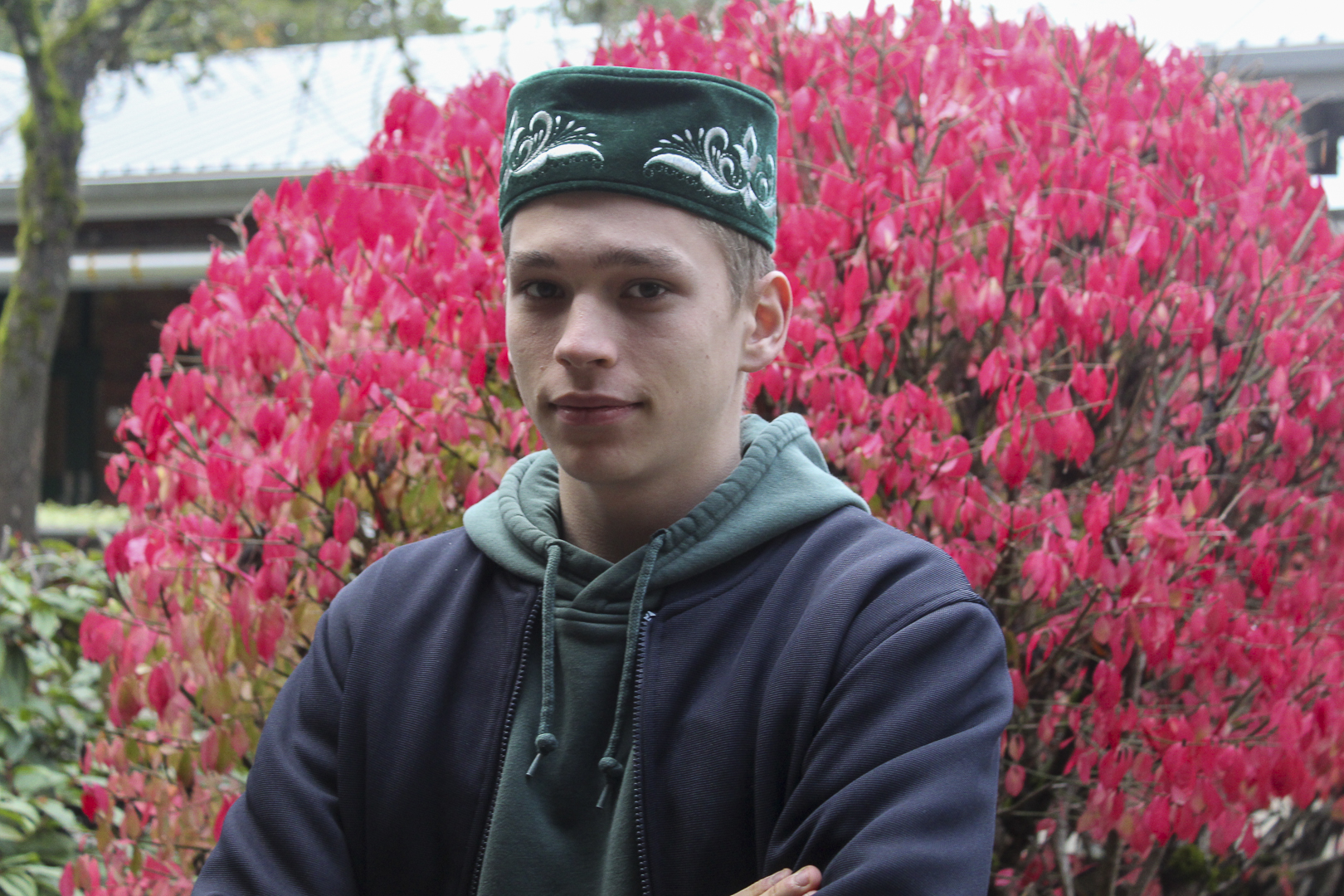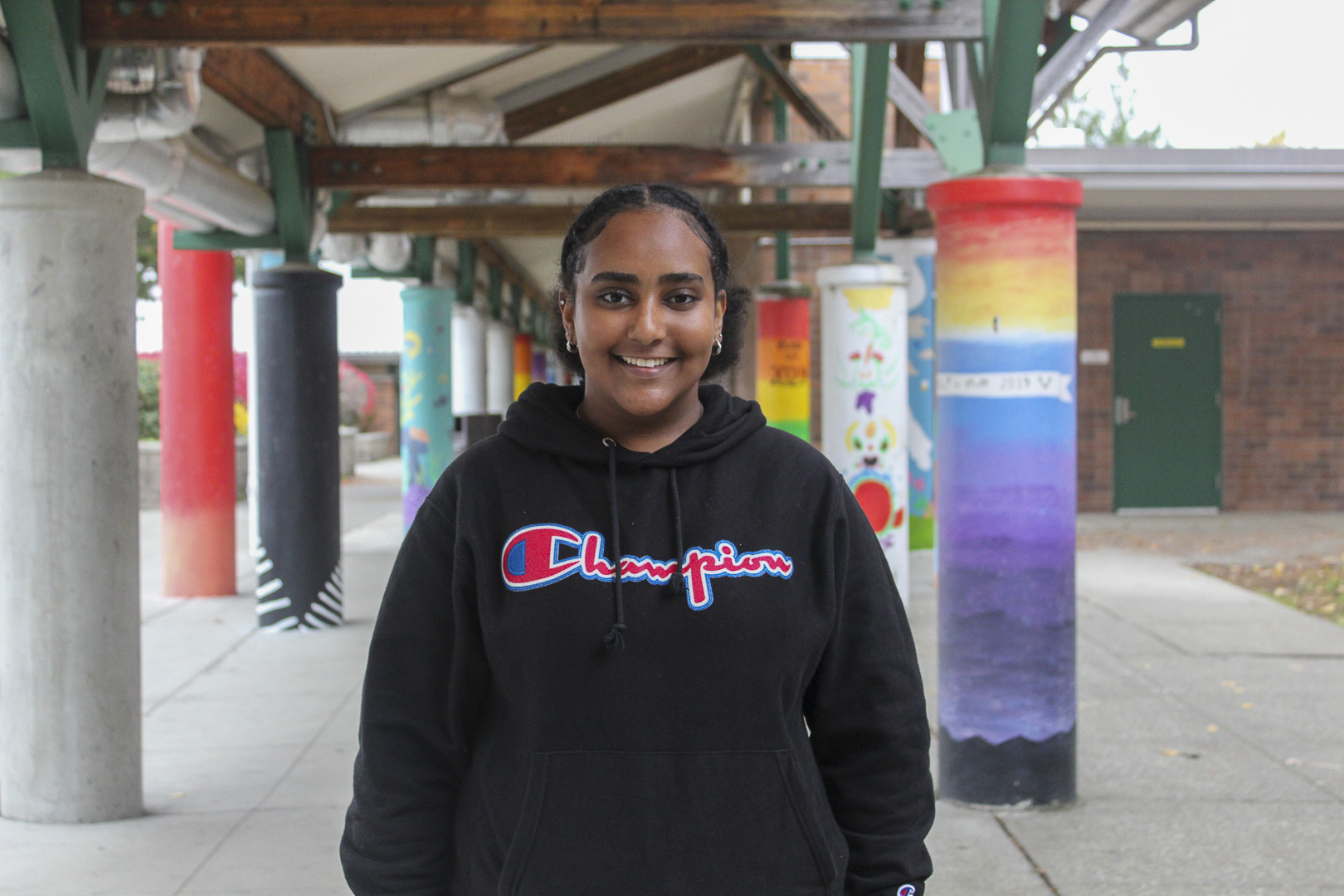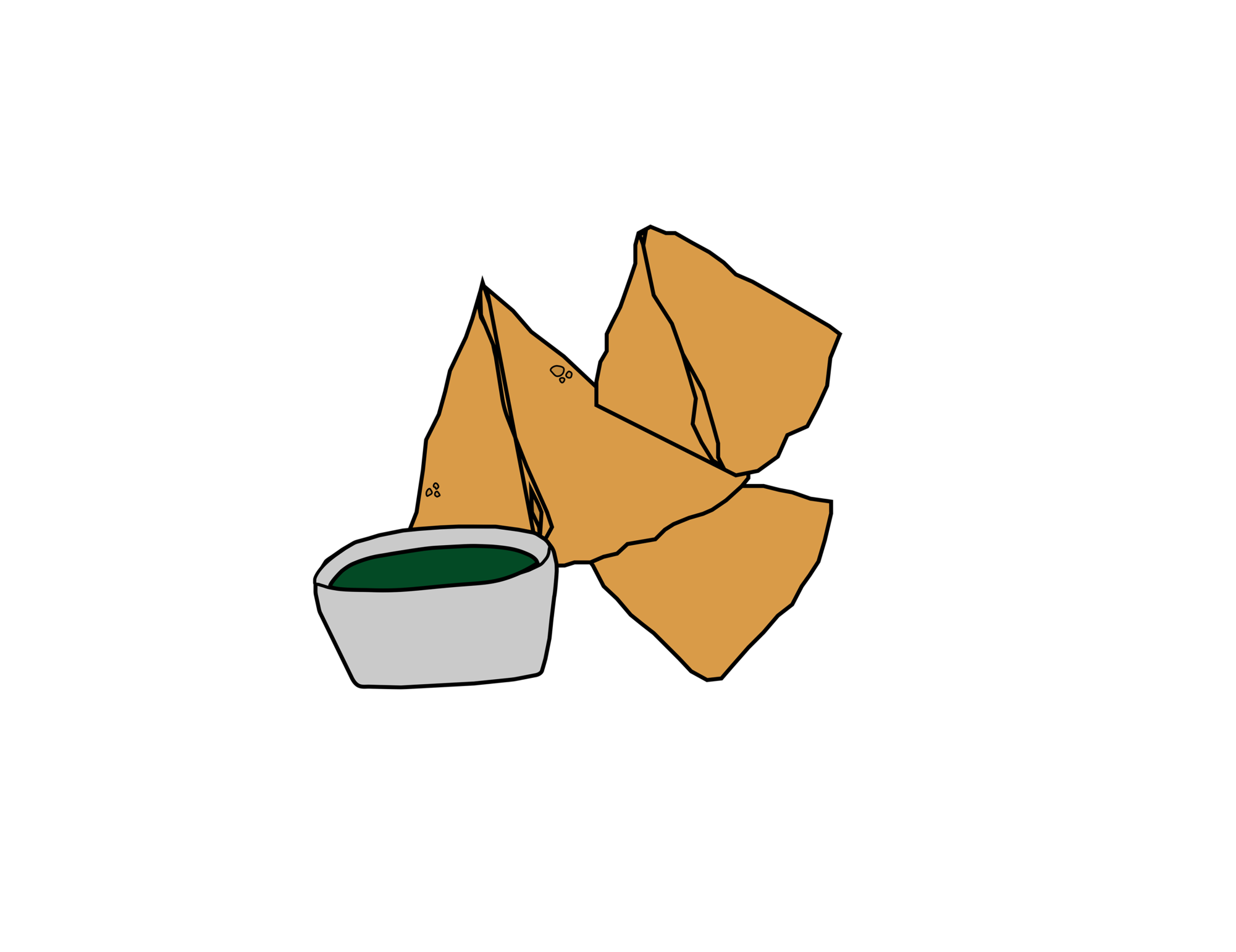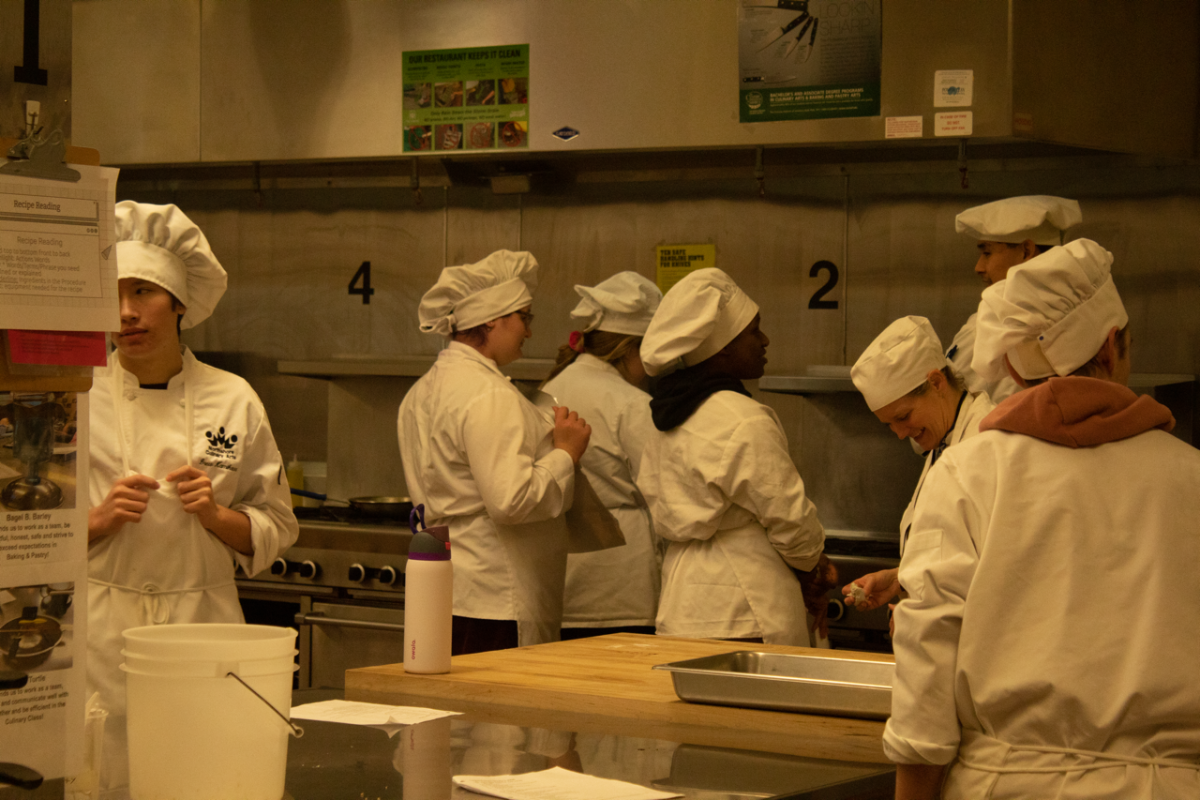Categories:
Discover the tastes of the holiday season
Students celebrate a variety of holiday traditions from around the world, reflecting a range of languages and cultures at Inglemoor. Many of these celebrations include foods of cultural significance that students eat during the holdiays.
Dec 8, 2023

About the Contributors
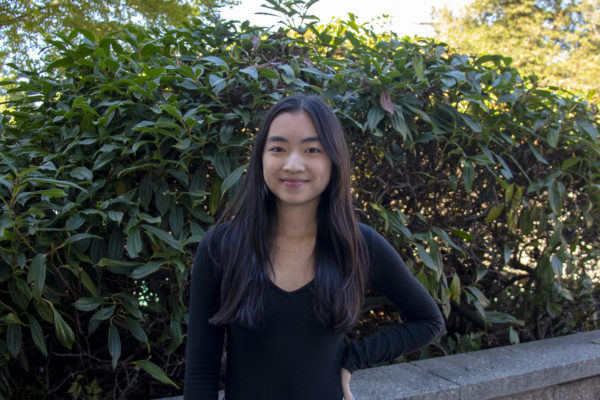
Xien Huang (she/her), Reporter
Senior Xien Huang is a reporter on Nordic News for the 2023-2024 school year. During the school year on staff, she hopes to expand her artistic skills and publish intriguing and relevant news at Inglemoor. Outside of Nordic, Xien is a partial IB student, co-president of AAPI club and actively involved in Key Club. Some of Xien’s hobbies include drawing, stained glass and hanging out with friends and family.
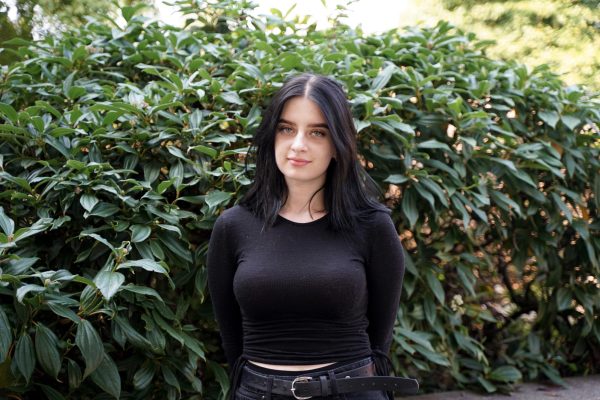
Anna Oleynikova (she/her), PR Team
Senior Anna Oleynikova is in her second year on the Nordic News staff. She moved from Ukraine to the US about two years ago, and already joined Nordic’s friendly and close-knit team. Outside of school, Anna spends most of her time improving her language skills, reading, drawing, and skateboarding. She looks forward to making new friends and creating interesting articles that will inform and delight students!




